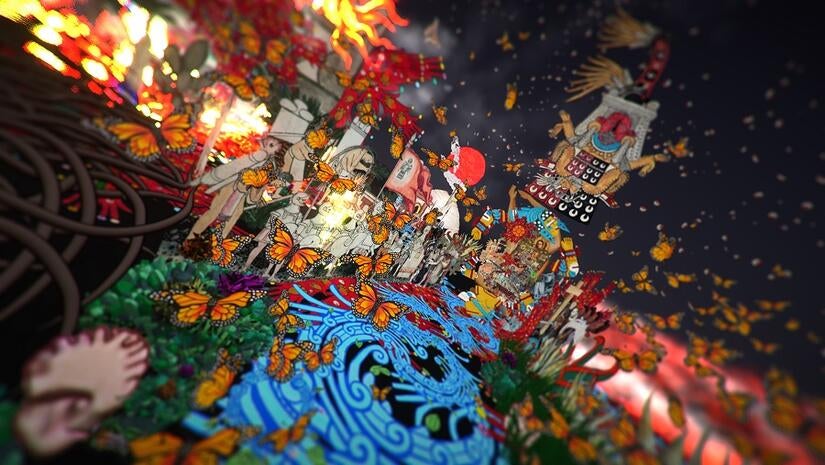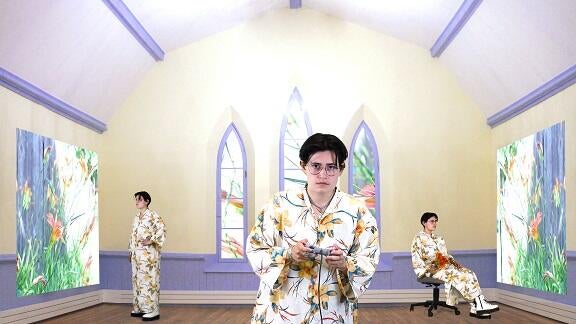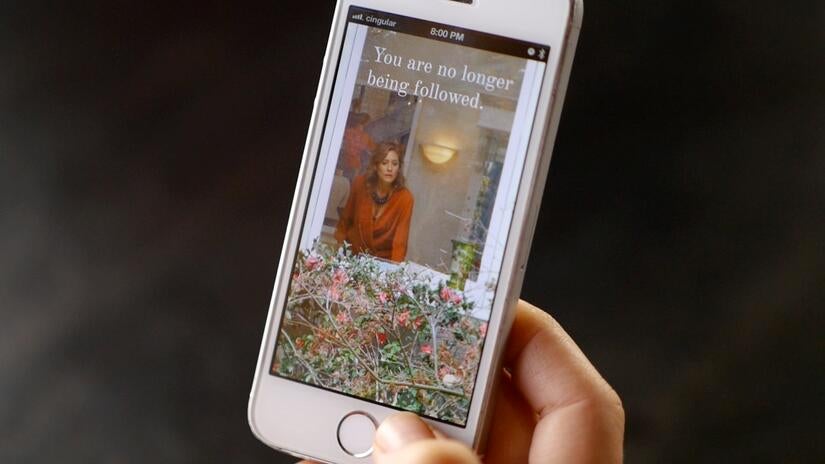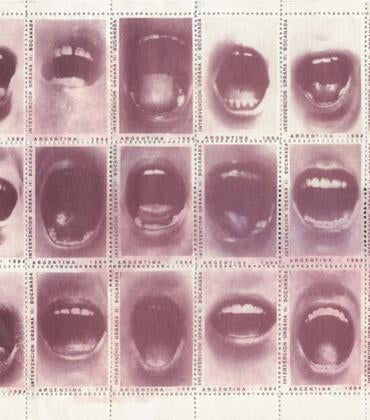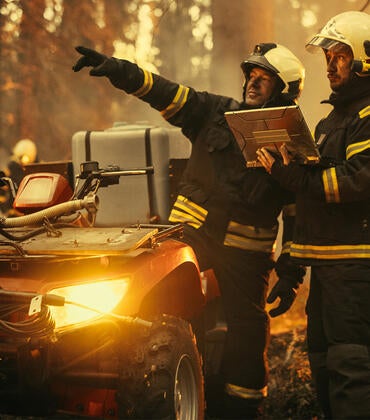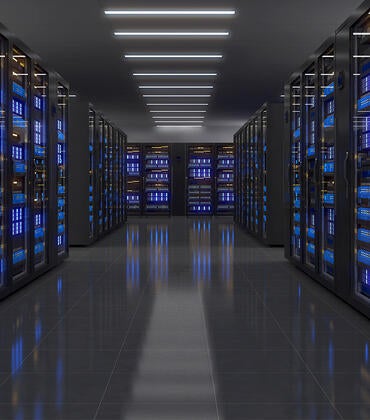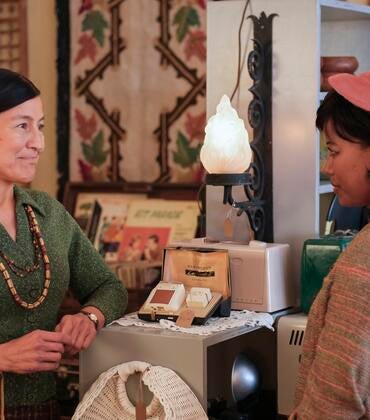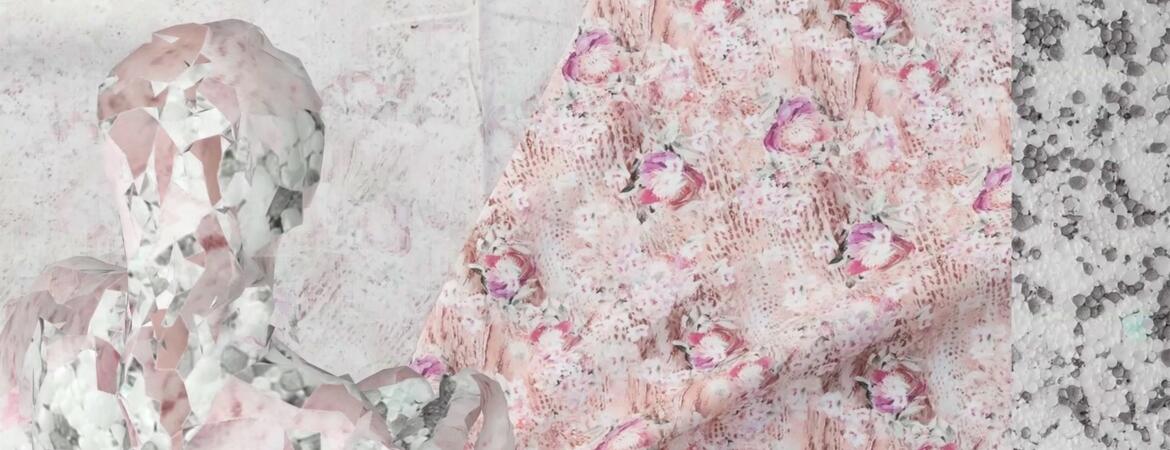
Over five years in the making, the “Digital Capture: Southern California and the Pixel-Based Image World” exhibition at UCR Arts California Museum of Photography, or CMP, is part of the Getty Foundation’s massive art event, PST Art (previously known as Pacific Standard Time). PST is a five-month long event of exhibitions and programs spanning over 70 cultural institutions in Southern California connected by the theme of “Art & Science Collide.”
“Digital Capture: Southern California and the Pixel-Based Image World,” curated by April Baca and Nikolay Maslov, spans six decades (1962–2020s) and is arranged around six themes. The exhibition opened Sept. 21 and runs until Feb. 2, 2025.
"UCR Arts: California Museum of Photography is thrilled to be among the 70+ Southern California institutions participating of the Getty Foundation's latest PST ART initiative—Art & Science Collide," said Douglas McCulloh, UCR Arts' senior curator and interim executive director. "In truth, we're seasoned veterans, having mounted PST exhibitions in every previous cycle stretching back to 2011."
Taking up all the exhibition space at the CMP, Digital Capture “investigates the history and creative uses of digital imaging technology, from the genesis of digital imaging in Southern California research laboratories during the Cold War and space race of the 1960s to the ubiquity of digital media in our contemporary world,” according to a website description.
It explores the “artistic uses of, appropriations of, and interventions into digital imaging. From the technology’s genesis in the military-industrial-scientific complex through its ubiquity in the contemporary,” reads the free Digital Publication.
In the thematic section, “In Space, Time, and War: Digital Cosmologies and Militant Terrains” viewers are presented with the earliest description of a sensor connected to a computer to create images. It comes from 1961 when Eugene Lally, an engineer for the Jet Propulsion Laboratory described its possibility in his concept paper “Mosaic Guidance for Interplanetary Travel.” This early paper shaped the origins of the digital image boom, and its rise from the Cold War and the space program.
At the same time, the viewer can also consider President Dwight D. Eisenhower’s warning in his 1961 farewell address. “We must guard against the acquisition of unwarranted influence, whether sought or unsought, by the military-industrial complex,” Eisenhower admonished. At its heart the warning is about the greed of corporations and their influence.
Of all the sections, “The Image Is Infinite: Archiving, Digital Reproduction, and Material Obsolescence,” acts to bookend Lally’s concept paper. It features Refik Anadol’s “Machine Hallucination: Keystone Mast Collection,” which is a video using randomly selected photographs from the CMP’s 65,354 images to create a “new ‘AI data painting’ created using advanced AI,” according to the Digital Publication .
There has been debate about AI art, including the cheeky comment by critic Jerry Salz that Anadol has done nothing more than create a “screensaver,” and if you can have photos randomly selected from your library to appear as wallpaper on your home computer, he has a point.
A concern for viewers to consider is the destruction of the arts as a profession. The Authors Guild is suing OpenAI for copyright infringement. The Writers Guild of America and the Directors Guild of America forced studio heads to ban AI and save their livelihoods. The Screen Actors Guild fought studios from scanning the likenesses of actors. Even artists’ voices are at risk for digital piracy, as in the case of Scarlett Johanson’s threatened lawsuit against OpenAI.
It seems the collusion of science and the arts is making artists obsolete and concentrating the power into the hands of a few.
Watching “Machine Hallucination,” a person can think, if AI can curate random images from a vast collection, it can also curate them on a theme or on a particular artist. It can curate images without having to pay curators if the museum board wants to cut expenses. If it can write scripts, college essays, or press releases, it can write museum catalogues. None of it will be original, as AI only scavenges the internet, and some of it will be false with fabricated sources. All that is something for the viewer to consider as we look into the future dominated by the AI Industrial Complex, and as they take in UCR Arts’ “Digital Capture.”
Upcoming events include:
• Reception / October 26 / 3-6 p.m. – featuring an interactive face filter with artist Huntrezz Janos.
• Pattern + Code Workshop and Artist Talk with Ahree Lee / November 16 / 1-3 p.m.
Feature image: From the video Technologies of Care by Elisa Giardina Papa.
